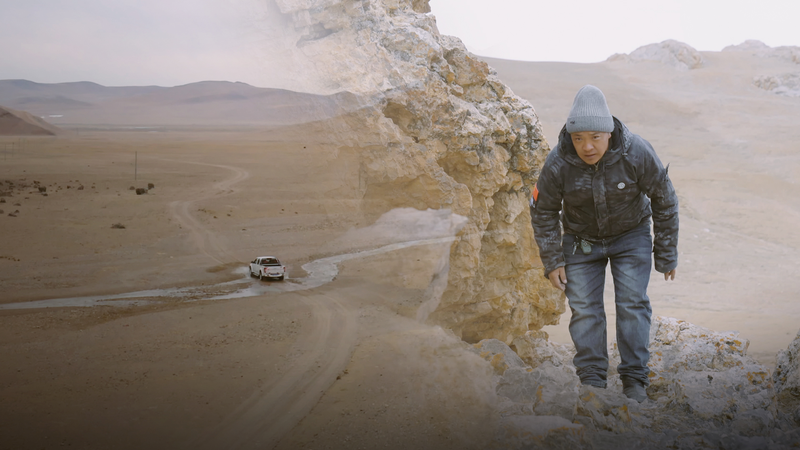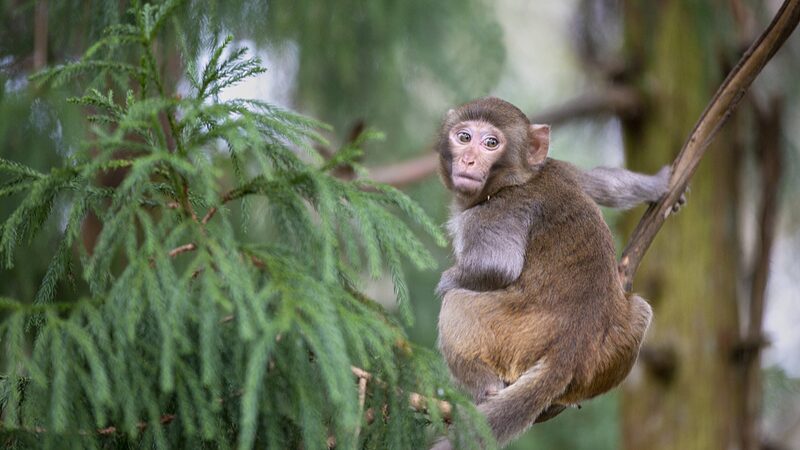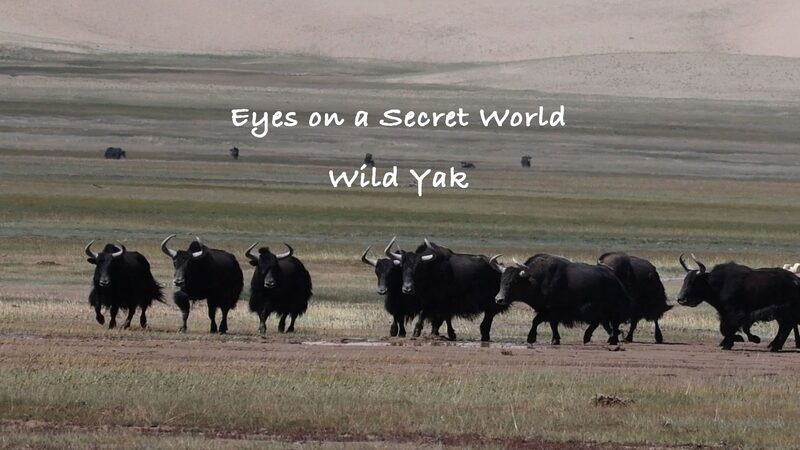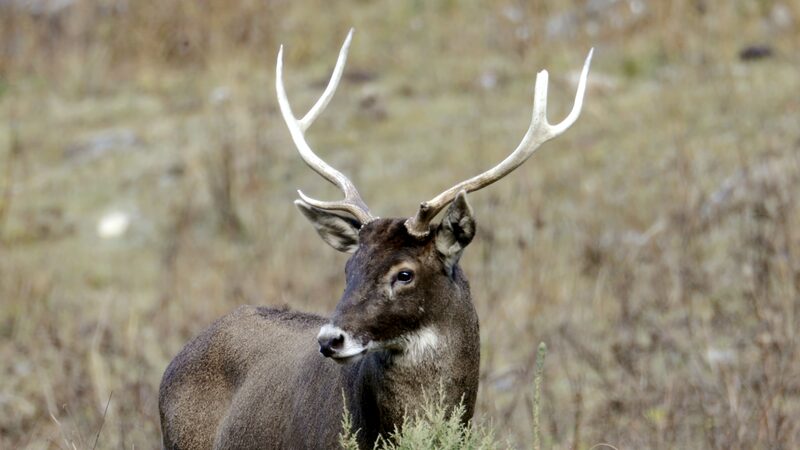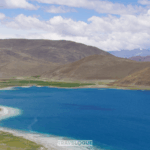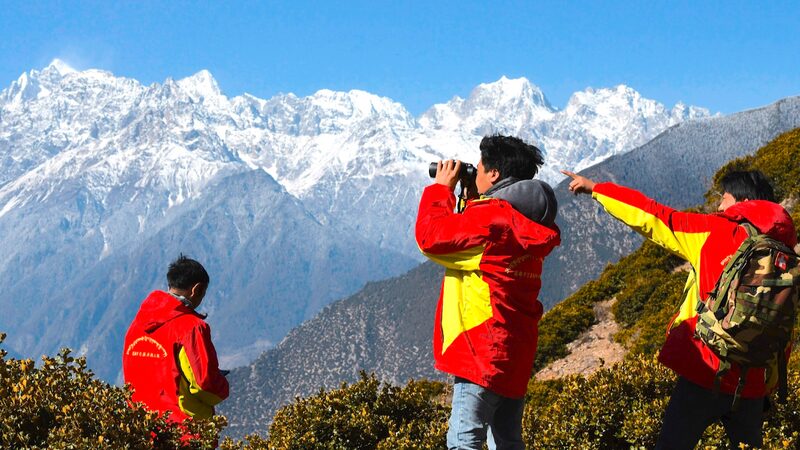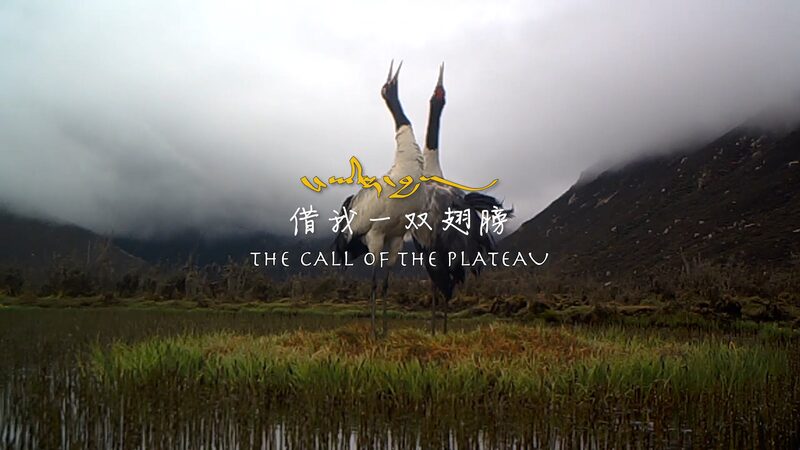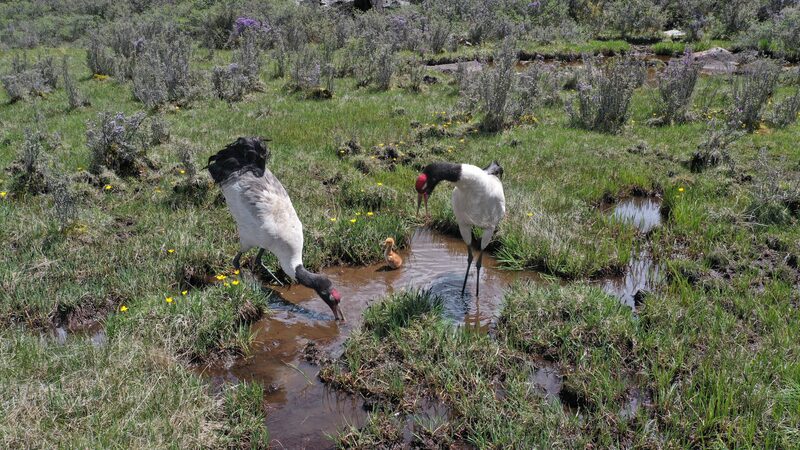At 4,800 meters above sea level in southwest China's Xizang Autonomous Region, rangers like Tsultrim Tharchin brave thin air and extreme temperatures to protect Serling Tso National Nature Reserve's fragile ecosystem. Their work peaks during breeding season but never truly slows—every day brings new challenges in monitoring wildlife and maintaining the balance of this high-altitude sanctuary.
"We’re not just observers; we’re part of the landscape," says Tharchin, adjusting an infrared camera near a glacial stream. These devices have captured rare footage of Tibetan antelopes, wild yaks, and black-necked cranes—key species in one of Asia's most biodiverse regions.
The reserve’s success reflects broader conservation efforts across the Tibetan Plateau, where climate change and human activity threaten delicate ecosystems. Rangers collaborate with researchers to track migration patterns and habitat changes, providing critical data for policymakers.
For travelers and researchers alike, Serling Tso offers a window into China's ecological preservation strategies. As Tharchin notes: "Every animal protected here strengthens Asia's natural heritage."
Reference(s):
cgtn.com
